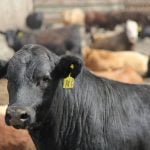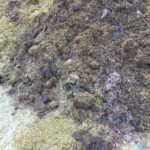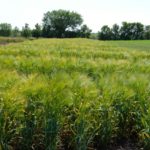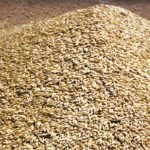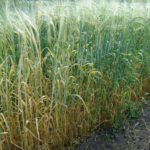Tim Lehrbass was just like any other Ontario farm kid, taking farm cues from his family and doing things the way things needed to be done and, in many ways, the way things had always been done. “I started out cash cropping,” he told a crowd at the Canadian Forage and Grassland Association annual conference […] Read more


